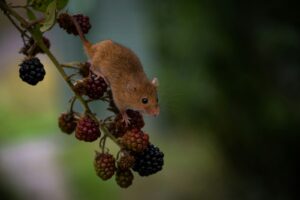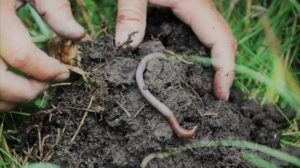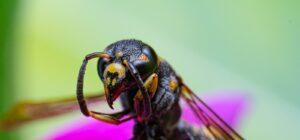- Class: Primary 2
- Term: 2nd Term
- Week: 6
- Age: 6 years
- Period:
- Duration: 40 minutes
- Date:
- Subject: Cultural And Creative Arts
- Curriculum Theme: Cultural And Creative Arts
- Topic: Songs
- Content: Formation of songs
Specific Objectives:
By the end of the lesson, pupils should be able to:
- Cognitive Domain: Identify elements involved in the formation of songs.
- Affective Domain: Appreciate the cultural significance of songs in social activities.
- Psychomotor Domain: Demonstrate basic rhythmic movements related to songs.
- Social Domain: Collaborate with peers in forming a simple song.
Reference Materials:
- 9 – Years Basic Education Curriculum
- Abuja Educational Resource Centre Scheme of work
- NAPPS National Unified Scheme of Work
- Online Information
- Textbooks
Instructional Materials:
- Pictures or illustrations of musical instruments
- Examples of simple songs
- Whiteboard and markers
Rationale for the Lesson:
Understanding how songs are formed is essential for cultural appreciation, fostering creativity, and encouraging social interaction among children.
Prerequisite/Previous Knowledge:
Students should have basic exposure to singing and rhythm.
INSTRUCTIONAL PROCEDURES:
Content Development: Songs
| Content | Time | Teaching Method | Teaching Strategy | Teacher’s Activity | Pupils’ Activity | Learning Point |
|---|---|---|---|---|---|---|
| Introduction | 5 mins | Discussion | Question and Answer | Introduce the topic and ask what songs mean to them. | Respond to questions and share ideas. | Understand the importance of songs in daily life. |
| Elements of Songs | 10 mins | Demonstration | Modeling | Show pictures or illustrations of musical elements in songs. | Observe and identify elements in songs. | Recognize basic elements in the formation of songs. |
| Social Activities | 10 mins | Discussion | Group Work | Discuss how songs are formed during social activities. | Share ideas in groups. | Appreciate the role of songs in social interactions. |
| Rhythmic Movements | 5 mins | Demonstration | Modeling | Demonstrate basic rhythmic movements related to songs. | Imitate rhythmic movements. | Develop basic psychomotor skills in rhythmic movements. |
| Note Taking | 5 mins | Writing | Guided Practice | Provide key points for note-taking on the whiteboard. | Take notes in their notebooks. | Consolidate information on song formation. |
| Forming a Simple Song | 5 mins | Group Activity | Collaborative Learning | Divide students into groups to create a simple song. | Work together to form a song. | Collaborate and express creativity in forming a song. |
| Evaluation | 3 mins | Question and Answer | Assessment | Ask questions about elements of songs and their understanding. | Respond to questions individually. | Assess cognitive understanding of song formation. |
| Conclusion | 2 mins | Recap | Reflection | Summarize the lesson and discuss what they’ve learned. | Share what they found interesting. | Reinforce key points and encourage reflection. |
Classroom Note:
How Songs Are Formed
- Melody:
- Songs start with a catchy tune called the melody. It’s like the song’s musical backbone, the part you hum or sing.
2. Lyrics:
- Lyrics are the words or poetry of the song. They tell a story, express feelings, or share ideas. Together with the melody, they create the song’s meaning.
3. Rhythm:
- Rhythm is the beat or pattern of sounds in a song. It’s what makes you tap your feet or clap your hands along with the music.
4. Social Activities:
- Songs often come to life during social activities. When people gather for celebrations, play games, or share stories, they may create songs to make the experience more enjoyable.
- 5. Collaboration:
- Many songs are formed by people working together. Friends, family, or a community might contribute ideas for the melody, lyrics, and rhythm, making it a collaborative effort.
- 6. Instruments:
- Some songs include musical instruments like drums, guitars, or pianos. These instruments add extra sounds to make the song more interesting.
Evaluation:
- What are some elements involved in the formation of songs?
- How do social activities contribute to forming songs?
Note to Teachers:
Customize the lesson content, teaching methods, and pupil activities to suit your teaching style, curriculum, and available resources.






